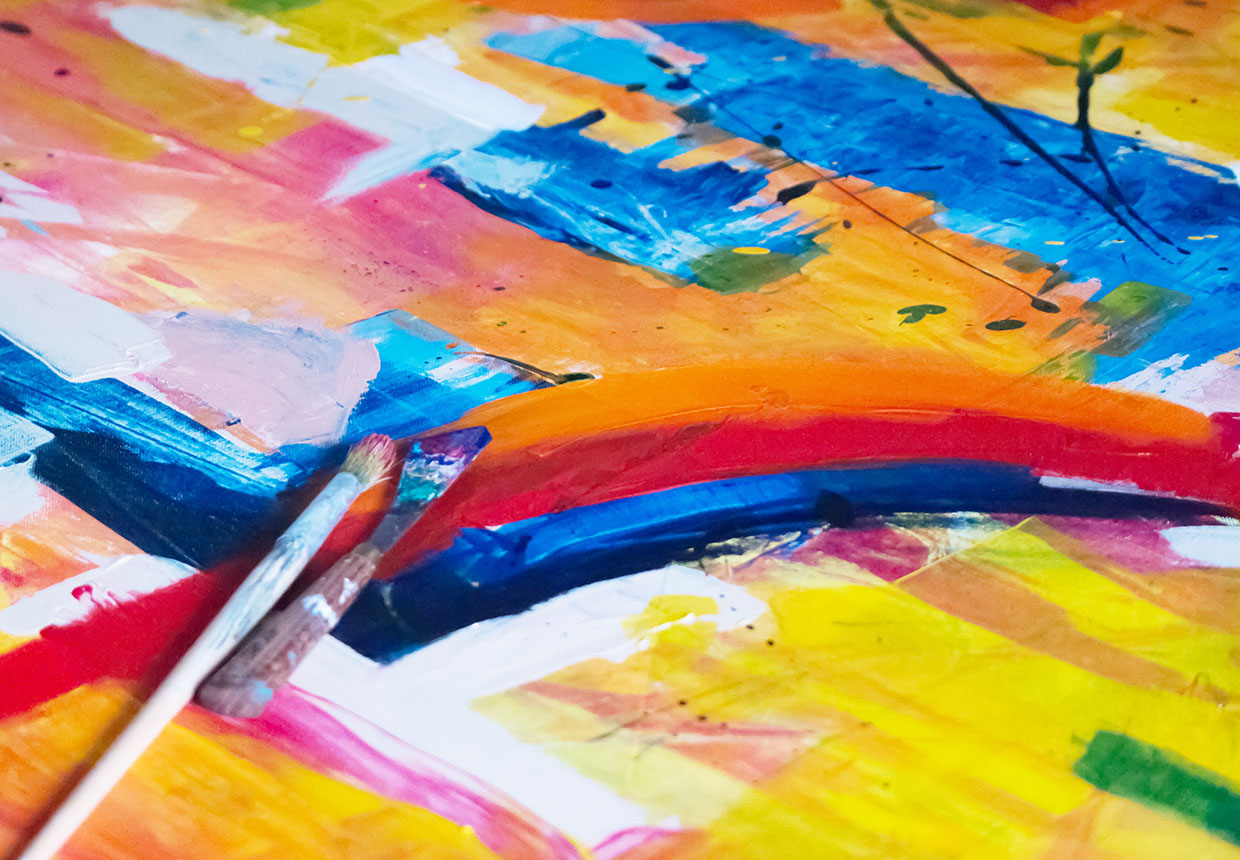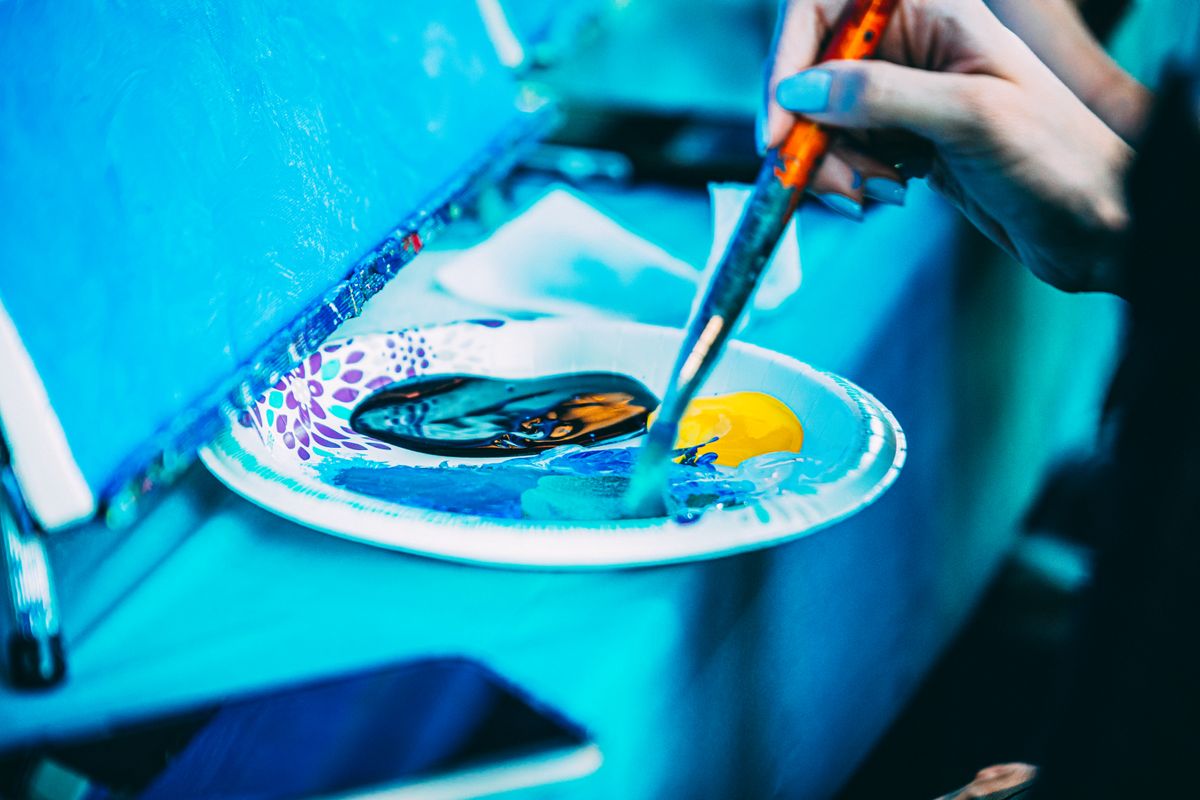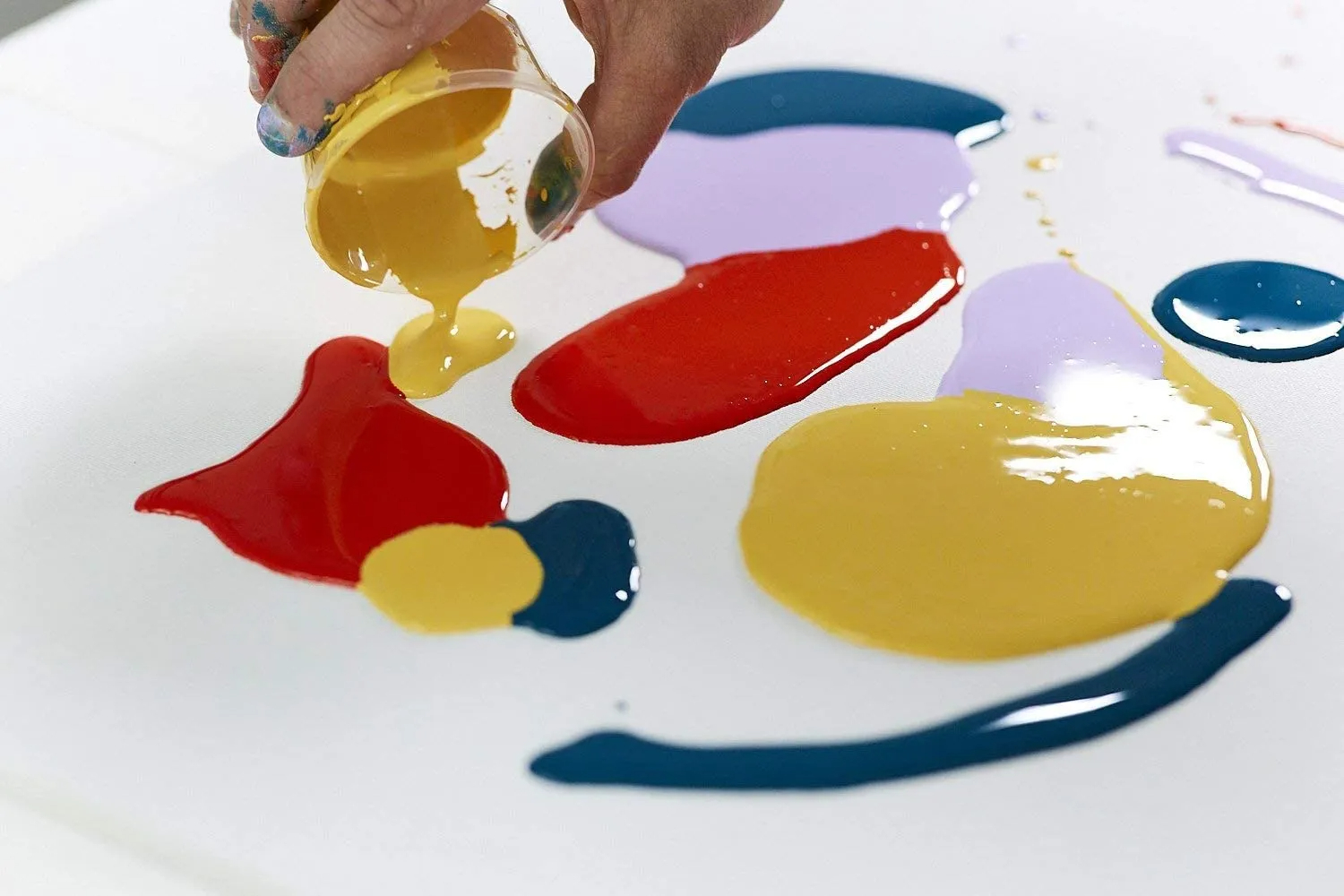Acrylic paints are a versatile medium used by artists and hobbyists alike for projects ranging from canvas art to home décor. One of the defining features of acrylics is their adaptability and ease of use. A common question among beginners and seasoned painters is whether acrylic paints are water-based. This article will delve into the properties of acrylic paints, giving insight into their composition, and how this affects their application and use in various projects.
Understanding Acrylic Paint Ingredients
The Role of Water in Acrylic Paints
Acrylic paint consists primarily of pigment suspended in an acrylic polymer emulsion. Water plays a critical role in this emulsion, as it serves as the vehicle for the pigment, allowing the paint to be spread and manipulated over the chosen surface. When the paint dries, the water evaporates, leaving behind a solid, colorful film from the acrylic polymer, which is why acrylic paints can be thinned with water while wet, but become water-resistant once dry.
Comparing to Other Types of Paint
Compared to oil paints, which require a solvent like turpentine for thinning, acrylics are easily diluted and cleaned up with water due to their water-based nature. This property makes acrylic paints less toxic, more environmentally friendly, and accessible for use in non-ventilated spaces unlike oil paints. Water-based composition also implies faster drying times, which can be both beneficial for rapid layering and at times challenging for blending techniques.

Benefits of Water-Based Acrylic Paints
Ease of Use and Cleanup
One of the significant advantages of acrylics being water-based is the convenience factor. Tools like brushes, palettes, and containers used with acrylic paints can be washed with soap and water, eliminating the need for harsh chemicals. For artists, this ease of cleanup is a time-saver and reduces the risk of exposure to toxic fumes.
Fast Drying Times for Efficient Work
Acrylic paint’s ability to dry quickly due to water’s rapid evaporation rate enables artists to work swiftly and apply multiple layers within a single session. This characteristic is particularly beneficial when working on timely projects or when wanting to achieve complex textures and finishes that require layering.

The Impact of Acrylics on Techniques and Surfaces
Adjusting Techniques for Acrylic Properties
The water-based nature of acrylic paints influences the techniques used by artists. Techniques such as glazing, wet-on-wet, or dry brushing are all possible with acrylic paints and can be manipulated by adjusting the amount of water mixed with the paint. Artists adapt their methods to harness the quick-drying times and the ability to layer without lengthy waits between coats.
Suitability for Various Substrates
Acrylics adhere well to a wide range of surfaces from canvas and paper to wood and ceramics. Their water-based qualities make them a universal medium for multiple substrates. However, porous surfaces may absorb water from the paint, affecting its application and drying. Non-porous surfaces might require little to no preparation, making acrylics a highly versatile paint for various creative endeavors.

Making the Most of Acrylic Paints’ Composition
Maximizing the Attributes of Water-Based Acrylics
Understanding that acrylic paints are water-based is essential to making the most of their attributes. For example, by adding a retarder medium, an artist can slow down the drying process to allow more time for blending. Alternatively, to speed up the drying process or to work in layering techniques, one might use less water or a flow improver for smoother application without extending the drying time.
Once dry, acrylics render a durable and resilient film. Nevertheless, ensuring the longevity of the artwork is important. It is helpful to be aware of the display or storage conditions. Protecting acrylic paintings from extreme temperatures is necessary. Guarding against humidity is also crucial. These measures can prevent the reactivation of water-based emulsions. If emulsions reactivate, it can lead to damage. Deterioration of the artwork over time might also occur.

Experimenting with Water for Textural Effects
Incorporating Water to Achieve Desired Textures
Acrylic painters often exploit the water-soluble nature of their paints to create diverse textures and finishes. By varying the water content, they can produce effects that range from thick impasto to delicate watercolor washes. Adding more water to acrylic paint makes it behave in a manner akin to watercolors, perfect for gentle gradients and transparent layers. Conversely, using less water or mixing with a thickening medium can create bold, stand-out strokes on the canvas, opening a world of textural possibilities.
Blending and Layering with Acrylics
While the fast-drying aspect of acrylics can be a challenge for blending, it becomes an advantage for layering. Artists can quickly build up depth and detail without long waits. To blend colors seamlessly with acrylics, one must work swiftly or make use of mediums that prolong the drying time, ensuring that the water-based paint stays workable for the desired period.

Working with Different Environments and Adjusting Techniques
Adjusting to Environmental Factors
Environmental conditions significantly influence acrylic paint behavior due to its water composition. High humidity can extend the drying time, whereas dry, hot conditions can accelerate it. Artists working in varied climates need to adjust their painting strategy accordingly. In humid environments, using less water or incorporating drying accelerators can mitigate extended drying times. In arid areas, a wet palette can help keep the paints moist longer, facilitating easier blending.
Temperature Impact on Acrylic Painting
Temperature also plays a role in how acrylic paints dry and adhere. Extreme cold can cause the water in the paint to freeze, leading to issues with texture and adhesion, while excessive heat might lead to faster evaporation and unwanted cracking. Artists need to consider these factors, especially when working outdoors, to ensure the integrity and longevity of their acrylic creations.
The water-based composition of acrylic paints is what makes them uniquely practical and adaptable for artists and crafters. The user-friendly cleanup of acrylic paints is a notable feature. They also possess rapid drying capabilities. Understanding the composition of acrylic paints leads to a better grasp of their applications. You can create intricate canvas pieces with them. You can also use them to personalize everyday objects. The features of acrylic paints can be tailored to your artistic needs. Appreciation for this medium often starts with understanding its composition. This composition defines its practical use. It also defines its immense creative potential.